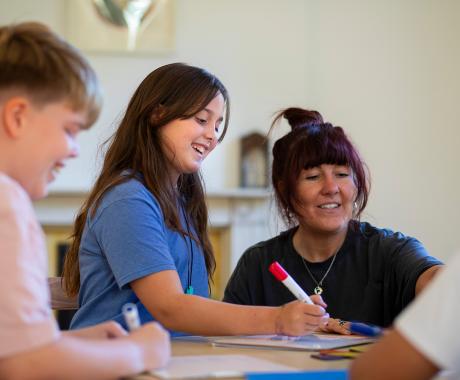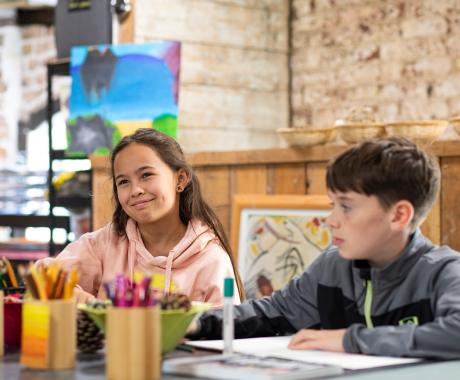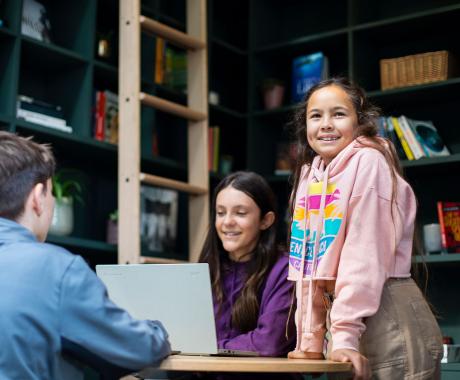Raising Teenagers Who Thrive: A Different Way Forward
Recently, I’ve found myself reflecting deeply on two powerful pieces of storytelling that have captured the nation’s attention: Gareth Southgate’s Dimbleby Lecture and the Netflix drama Adolescence. Both shine a spotlight on the complicated, often fragile world of teenagers today—raising important questions about what’s going wrong, and more importantly, what we can do differently.
As a mother, an educator, and someone who spends my days walking alongside children as they grow, I see these reflections not as warnings to panic over—but as invitations to act with greater intention.
Adolescence is a raw, unsettling watch. It paints a haunting picture of what can happen when boys fall through the cracks—when connection, belonging, and purpose are missing. It speaks to a generation growing up with more access to information than ever before, but often less access to meaningful connection. A generation raised in large part by algorithms, whose childhoods are increasingly lived through screens.
Southgate’s words mirrored that concern. He spoke of the toxic influencers who fill the vacuum left when young people—especially boys—lack guidance and grounding. When young minds are left to navigate social media unanchored, they become easy prey for voices that offer certainty, control, and dangerous ideologies dressed up as confidence.
But girls are facing these pressures too—the relentless comparison, the performance of perfection, the growing unease that their worth is somehow linked to how they’re seen online. It’s not just a crisis of masculinity—it’s a broader, more urgent question about what kind of childhood we’re really offering our young people.
But here's the thing I come back to: it doesn’t have to be this way.
There are places where children grow up slowly. Where days aren’t filled with noise and comparison, but with wonder, movement, and space to think. Places where they’re encouraged to feel deeply, ask big questions, and try again when things don’t go right the first time.
Where they can be bold and gentle, curious and cautious—where they’re allowed to be fully themselves, not curated versions designed to impress or conform.
Sometimes those spaces are schools that reimagine what learning can look like—but they can also be found in the quiet of the woods, on a sports pitch, in a local community group, at an artist's easel, around the dinner table, or during an unhurried walk with someone who listens.
Sport, in particular, offers something uniquely powerful: a shared goal, a sense of belonging, the rhythm of practice and play. For many children, it’s the place they feel most themselves—valued not for how they look or what they say online, but for how they show up, try again and work with others.
These spaces form when children feel seen and safe. When adults choose presence over pressure. When we protect time for play, creativity, and connection—not just productivity.
In these spaces, children grow into young people who understand who they are, not just who the world tells them to be. They learn how to hold discomfort, how to repair relationships, how to take responsibility—and how to seek out voices of wisdom in a world overflowing with noise.
That’s what gives me hope.
So yes, there are real challenges. But rather than adding to the noise of panic and blame, let’s raise the volume on something quieter but infinitely more powerful: kindness, community, and curiosity.
Let’s raise boys—and girls—who know that strength looks like listening well, showing up with integrity, and standing beside others.
Let’s give our teenagers the childhood they actually need, not the one our current culture dictates.
And let’s make sure our teenagers are surrounded by adults who model the best of what life can be—who walk alongside them with curiosity, compassion and courage, keeping a gentle eye on their world, online and off.


